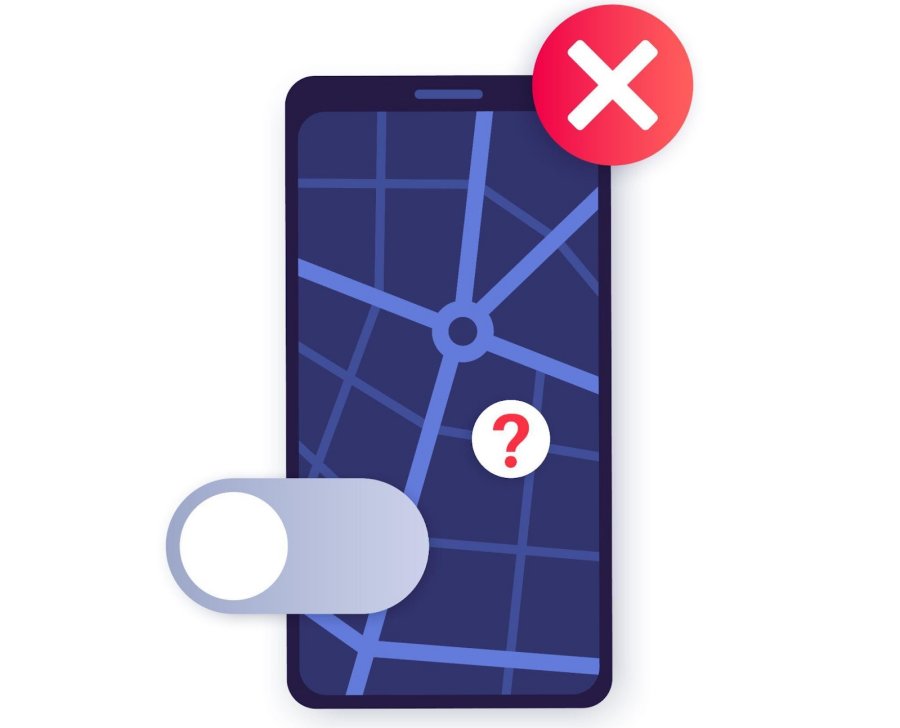Why Someone’s iPhone Location Might Be a Lie – And What You Can Do About It

That handy little blue dot on Find My iPhone is supposed to be your GPS truth-teller. But what if it’s not? Whether you’re tracking a loved one, checking in on a friend, or just trying to figure out where someone is, location data can be misleading. Thanks to modern tech, it’s easier than ever to spoof location iPhone signals.
People might fake their location for all sorts of reasons – privacy, surprise plans, or yes, to cover something up. The map may look clean, but the real story might be happening elsewhere.
Want clarity? GEOfinder.mobi is a web-based tool that helps cut through the guesswork. It can help you confirm where someone really is – and even show you how to tell if someone is faking their location on Find My iPhone. Pair that with a simple trick on how to find someone’s name from a phone number, and suddenly things make more sense.
Signs of a Fake iPhone Location
Think something’s off? It might be. That clean little blue dot isn’t always telling the full story. With a spoof location iPhone setup, people can appear just about anywhere they want to be seen. Watch for these subtle signs that suggest someone might know how to spoof location on iPhone:
- Map jumps – Their location skips from one area to another without a realistic route.
- Mismatch data – The coordinates don’t align with the claimed location.
- Network/IP inconsistencies – Device shows one spot, network says another.
- Frequent “no signal” issues – Could be cover for a fake GPS glitch.
- Jailbroken device – Many location-spoofing tools require it.
How to See the Real Location They Can’t Spoof
Someone can change what you see on Find My iPhone, but it’s much harder to fake raw GPS signals when a direct request is made. That’s where GEOfinder shines.
GEOfinder doesn’t need app installation. You just enter their number, send a discreet message, and it fetches their real-time location – straight from their device. So even if someone knows how to spoof location on iPhone, this tool checks the signal at its source.
Why it works:
- Works across all phones – iPhone, Android, even older models.
- No install required – 100% web-based and private.
- Worldwide range – Check someone’s location from anywhere.
- Genuine results – It taps into real GPS data.
Need to dig deeper? Combine it with a reverse number lookup. You’ll not only get a location – you’ll figure out how to find someone’s name from a phone number. It’s all about putting the pieces together.
Common Reasons Someone Might Fake Their Location
People spoof their location for more than just deception. Here are some possible reasons:
- Avoiding questions – They’re doing something harmless but don’t want to explain it.
- Planning surprises – Think birthdays or proposals that need secrecy.
- Privacy seekers – Some people just value personal space.
- Minor cover-ups – Saying “I’m working late” when they’re grabbing dinner.
- Bigger secrets – In some cases, yes, it could mean something more serious.
Whether it’s innocent or suspicious, frequent dishonesty with location-sharing can impact trust. If you find yourself constantly second-guessing, it’s worth asking why.
Conclusion
Catching a fake iPhone location isn’t about paranoia – it’s about clarity. We’ve explored the red flags, why people lie, and how a spoof location iPhone can twist reality. But knowing how to tell if someone is faking their location on Find My iPhone is only half the battle.
Your real ally here is GEOfinder. This quiet, no-install tool slices through the excuses and gives you the truth in one simple map ping. Whether you’re confirming a hunch or just reclaiming your peace of mind, GEOfinder is the friend that never lies.
________________________________________________________________________________________________________________
Advertisements placed in our Guest Contribution sections are in no way intended as endorsements of the advertised products, services, or related advertiser claims by NewsroomPanama.com, the website’s owners, affiliated societies, or the editors. Read more here.





